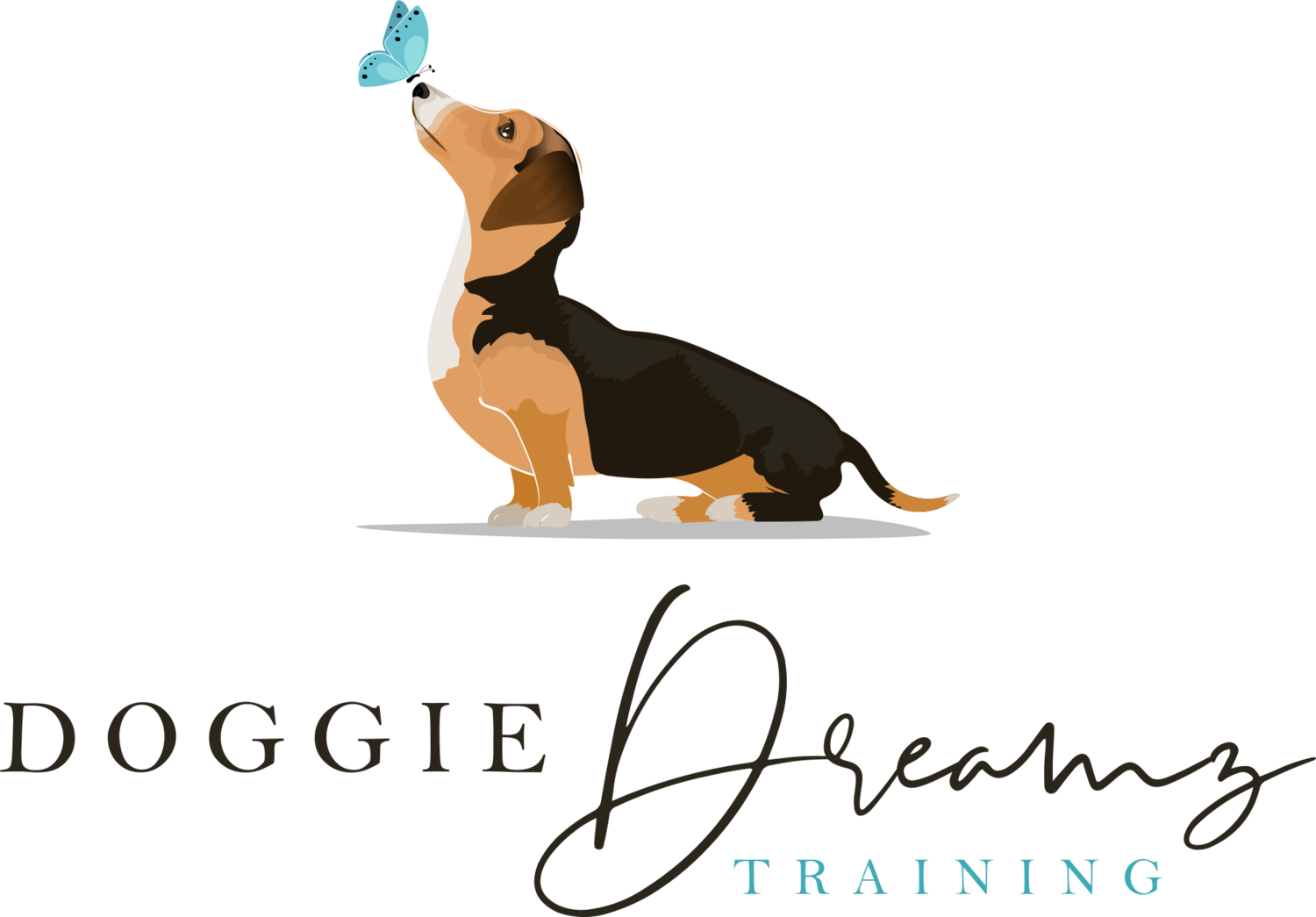
Doggie Tales: Cowboy
Doggie Tales are true stories to share the impactful ways humans and dogs co-exist and share love, beginning with the ones that have impacted my life as a dog trainer the most. Our second doggie tale stars our very own Doggie Dreamz VIP, Cowboy. Check out Cowboy’s transformation story here.

Pack drive and why it’s important
Dog trainers often talk about a dog's pack drive. Many dog trainers believe that dogs with a low pack drive are more likely to have behavioral issues later in their life. This is why I wanted to dive deeper into this subject to help better bridge the gap between behavioral theory and how it affects and benefits your everyday life.
